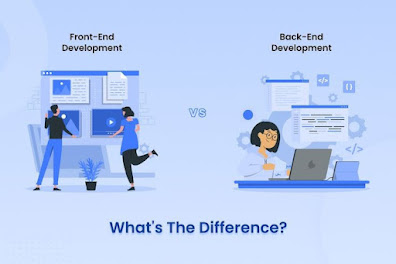Edu Web Design Conversions.

When designing a website for an educational institution, it's important to consider how to influence conversions - the actions you want your visitors to take on your website. Here are seven elements that can help improve your website's conversion rate: Clear and Concise Messaging: The messaging on your website should be clear, concise, and communicate the value of your educational institution. This includes headlines, subheadings, and body text that are easy to read and quickly convey your institution's benefits. Easy Navigation: Your website should be easy to navigate, with a clear and simple menu that directs visitors to the information they need. Visitors should be able to find what they're looking for quickly and easily, without having to click through multiple pages. Responsive Design: Your website should be optimized for all devices, including desktops, laptops, tablets, and smartphones. Responsive design ensures that your website looks great and functions well ...
.jpeg)




